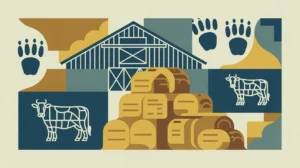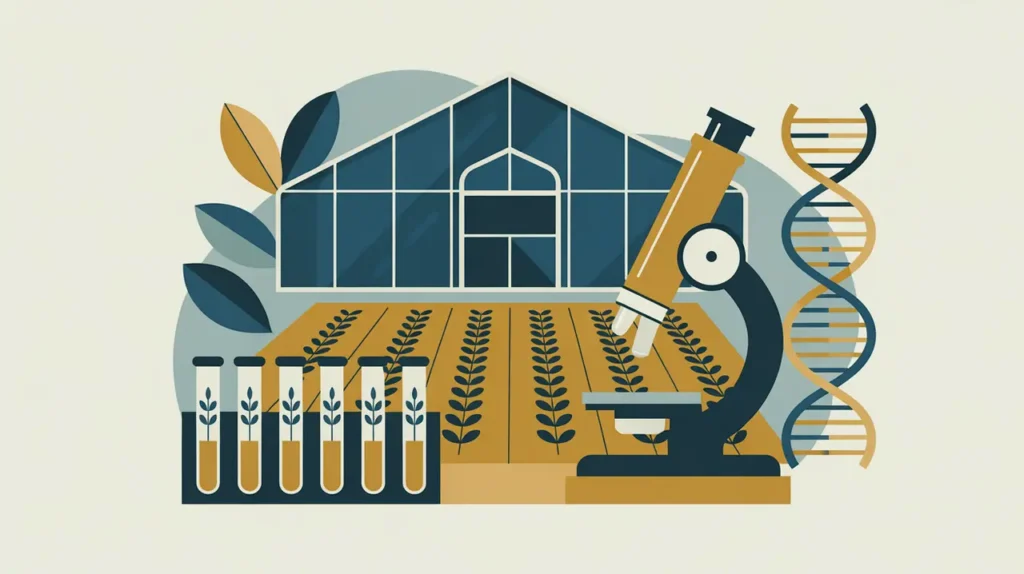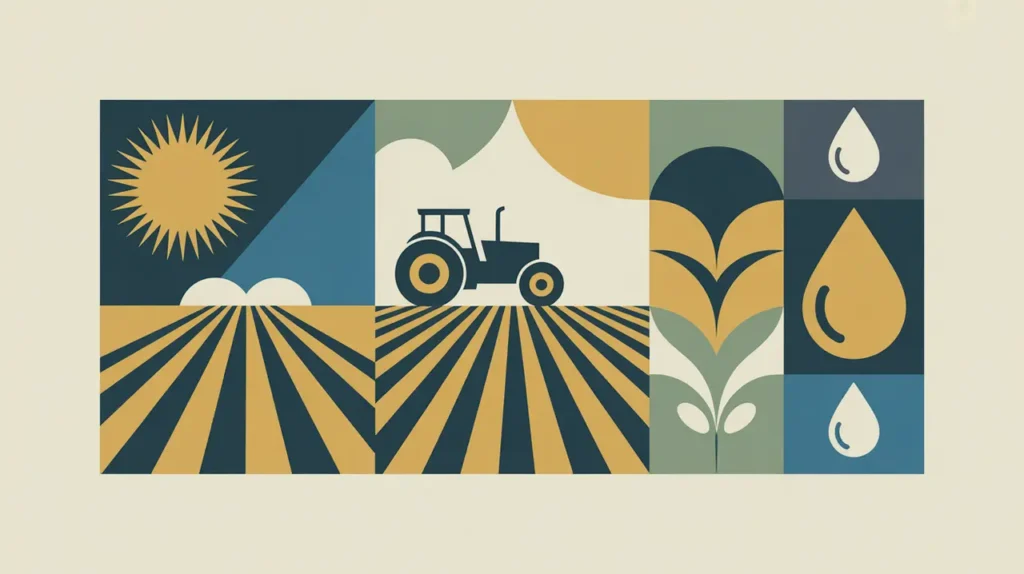Importance of Agroforestry
Agroforestry is a vital approach to balancing food production, environmental sustainability, and rural livelihoods. In international development, it addresses multiple challenges at once: reducing deforestation, improving soil fertility, diversifying farmer income, and enhancing climate resilience. For social innovators and nonprofits, agroforestry demonstrates how traditional ecological knowledge and modern sustainability practices can converge to create solutions that serve both people and the planet. Its importance grows as climate shocks intensify and smallholder farmers seek low-cost, sustainable ways to secure their futures.
Definition and Features
Agroforestry is the intentional integration of trees, shrubs, and woody perennials into agricultural landscapes. Its defining features include:
- Integrated Land Use: combining forestry and farming on the same plot of land.
- Biodiversity: promoting a mix of crops, livestock, and tree species to support ecological balance.
- Soil and Water Benefits: improving soil fertility, reducing erosion, and enhancing water retention.
- Climate Resilience: sequestering carbon, moderating microclimates, and providing insurance against crop failure.
How this Works in Practice
In practice, agroforestry takes forms such as alley cropping (rows of trees interspersed with crops), silvopasture (trees combined with livestock grazing), and home gardens (multi-layered systems around households). For example, farmer cooperatives in East Africa often plant nitrogen-fixing trees alongside maize to enrich soil and reduce fertilizer dependence. Nonprofits and development agencies support adoption by providing seedlings, training in management practices, and linking farmers to markets for timber, fruit, or non-timber forest products. Barriers include upfront labor, delayed returns, and insecure land tenure, which can discourage smallholders from investing in long-term tree systems.
Implications for Social Innovation
Agroforestry is a strategy for systemic resilience. It aligns with climate-smart agriculture, supports sustainable supply chains, and integrates local knowledge into scalable solutions. For proximate actors, agroforestry demonstrates how innovation can emerge from blending tradition and modern science. It creates opportunities for community-driven climate action, improves household food security, and reduces dependence on external inputs. At scale, agroforestry strengthens rural economies while advancing global goals for biodiversity, carbon sequestration, and sustainable development.







